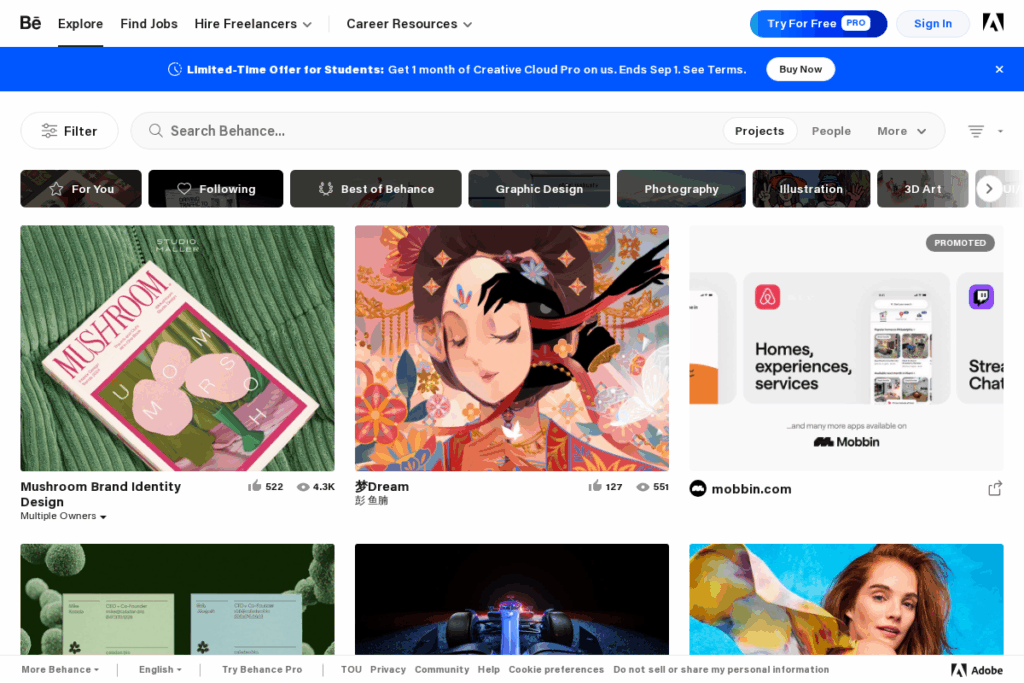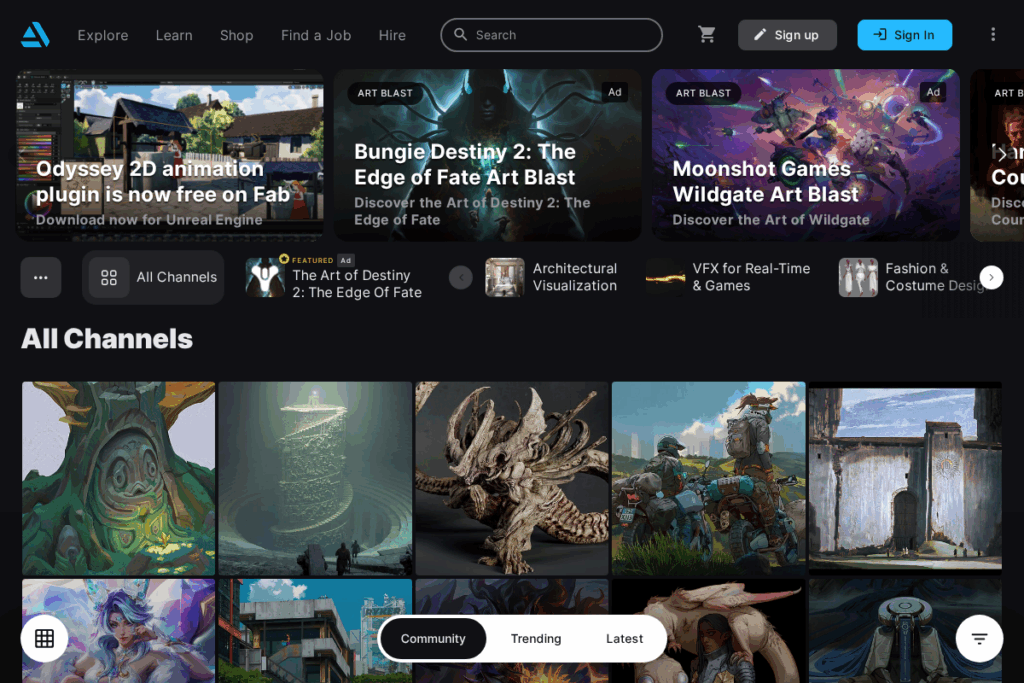If you’re like me, you know what it’s like to sit at your desk, sketchbook open and coffee in hand, dreaming of a flexible life fueled by your creativity. The thrill of turning a passion for drawing into a real online income is genuine and more possible than ever. Having transformed my own side hustle into a career with real impact, I believe that with the right balance and strategy, you can generate income from your art—without sacrificing the little things that bring you joy along the way. Here’s my practical, step-by-step guide to help you start making money from your drawings, whether you’re aiming for extra cash or planning a full escape from the traditional nine-to-five.
1. Define Your Niche and Art Style

A focused niche and unique art style are your foundation. Think about what excites you: are you passionate about whimsical illustrations, lifelike portraits, or digital character design? Hone in on a core theme that truly represents you. Examine artists who are succeeding on sites like Behance to see how a defined voice stands out. Your niche helps you attract a specific audience, while a consistent style builds recognition and trust. Make mood boards for style exploration and test out different mediums if you’re not sure. This clarity not only builds your confidence but sets the stage for future marketing and branding efforts. Remember, in the vast online marketplace, being distinct is often more profitable than being all things to all people. If you’re interested in long-term potential, check out these business ideas with staying power.
2. Build an Online Portfolio That Sells

Your portfolio is your virtual storefront. Dedicate time to curate a selection of your best work and present it on a professional platform. Sites like Dribbble and ArtStation are excellent for showcasing your pieces and networking with potential clients. Make sure your images are crisp and properly labeled, and provide a brief bio outlining your journey, style, and what you offer. Consider backing this up with your own website using platforms like Squarespace for greater control and credibility. An online portfolio is your 24/7 salesperson, helping you attract freelance gigs and collaborations well beyond your local community.

3. Offer Commissions and Personalized Art
Opening up for commissions is a classic way to start earning with minimal upfront costs. Set up simple processes for clients to request custom artwork, whether through Instagram DMs, a commission form on your website, or freelance marketplaces like Fiverr. Be clear about pricing, timelines, and what each package includes. Sharing past commissions on your social channels builds trust and attracts new clients. If you enjoy bringing personal stories to life, this can become a steady income stream that aligns with your artistic strengths. Getting paid for drawing custom work is a perfect way to monetize your design skills without waiting for mass-market appeal.
4. Sell Digital Products and Printables
Turn your drawings into passive income by creating digital products: think printable coloring pages, clip art, digital planners, or printable posters. Platforms like Etsy and Creative Fabrica make it simple to list and sell to a global audience. Invest time in learning how to format and package your art, then upload and write keyword-rich descriptions to improve search visibility. Unlike custom work, digital products can continue to generate income long after you’ve uploaded them. Many successful artists expand into bundles and themed collections to encourage repeat buyers. Review this guide on selling art products online for more digital strategies.

5. Print-On-Demand: Turn Art into Merch
Print-on-demand lets you offer your art on t-shirts, mugs, phone cases, and more without handling inventory. Upload your designs to platforms such as Redbubble or Teespring and choose which items you want to sell. The platform handles production, shipping, and customer service. Focus on building cohesive product collections and marketing on social media to maximize sales. Research what kinds of designs trend well, and adapt your products for different seasons or special events. Check out recent insights on making the most of print-on-demand if you want to ramp up your online store.
6. Share and Monetize Your Process: Tutorials & Livestreams

If teaching comes naturally, start recording your drawing process and turn it into valuable content. Sites like YouTube and Skillshare reward creators who build an engaged audience through ad revenue, affiliate links, and class royalties. Livestreaming your art on platforms like Twitch can open new revenue from subscriptions and tips. The key here is consistency and authenticity: let your personality shine and offer viewers behind-the-scenes insights, tips, or real-time Q&A. As you build your channel, consider collaborating with other artists to reach new audiences. This method fits perfectly for those with a passion for both art and community engagement.
7. License Your Art for Royalties

Licensing is a smart way to earn recurring revenue from artwork you have already created. Register your designs with reputable agencies or platforms such as Shutterstock or Art Licensing. You maintain ownership while earning royalties each time a company or individual uses your art on products or in media. Familiarize yourself with the basics by reading about art copyright and licensing standards to protect your work and maximize your earnings. You can even network with companies in industries like publishing or merchandising to negotiate direct licensing deals. This is a powerful way to create passive income from art that would otherwise sit idle in your files.

8. Expand and Diversify Your Revenue Streams
As your audience and skills grow, avoid relying on a single source of income. Consider branching out into art-related services such as illustration for blogs or storybooks, or exploring online writing gigs relevant to creativity. Platforms like Upwork and creative writing job boards regularly post calls for illustrators and art content creators. This strategy protects your income from market shifts and keeps things fresh and exciting. Look for seasonal opportunities or short-term challenges, as suggested in these side hustle ideas for different times of year. The more you diversify, the more resilient your creative career will become.
Finishing Touch: Build Your Creative Business Mindset
Monetizing your love for drawing will test your creative and business muscles. Focus on progress, not perfection. Each step forward—refining your niche, setting up a shop, or sharing your process—brings you closer to meaningful income and a lifestyle that supports your dreams. Stay open to opportunities, learn from setbacks, and remember that the small joys and flexibility along the way are part of the reward. By applying these strategies with purpose and creativity, you’ll discover that making money from art is not just possible, but sustainable and personally fulfilling.

